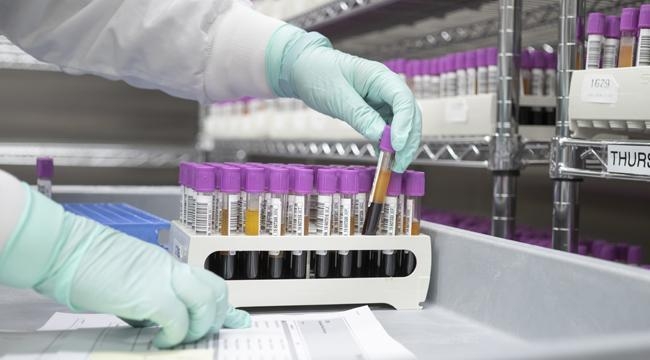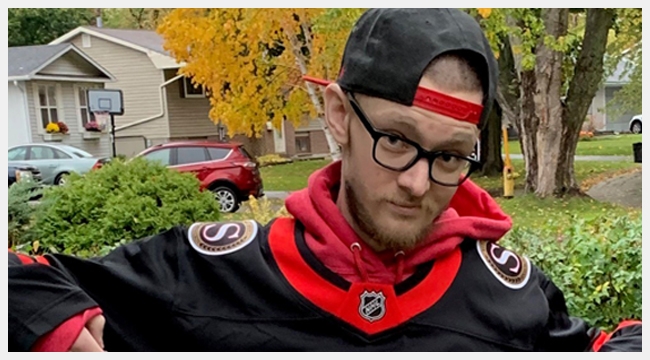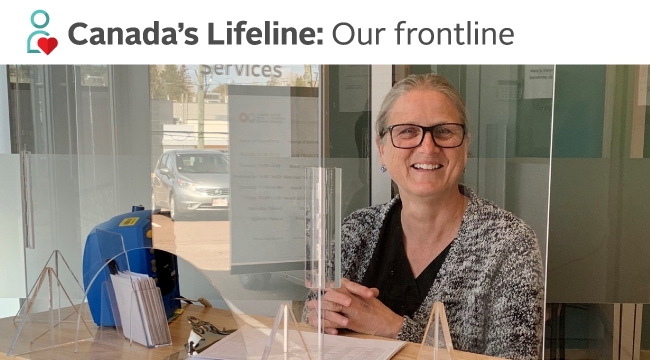Working together to educate children about organ donation
Teacher, mother of organ donor teams up with doctors to change the way kids see organ donation
Working together to educate children about organ donation
If you ask anyone working in the organ and tissue donation and transplantation (OTDT) community what they feel is the biggest obstacle in their field, they might say it’s the lack of education and awareness on the topic. This gap can be seen from the classroom to the hospital, according to medical leaders and teachers. Three professionals are working hard to evolve the current educational resources to be more accessible and inclusive and ultimately change the way Canadian kids learn about organ and tissue donation.
‘Educating young people is the way to change the world’
A retired physician in Ontario has laid important groundwork with his efforts to educate high school students in the province. In 1998, Dr. William Wall — who was then a transplantation surgeon at the London Health Sciences Centre in London, Ont. — was invited to a London high school class to speak about organ and tissue donation.
“I was really impressed at their eagerness to learn, but the students were ill-informed on the subject,” said Dr. Wall.
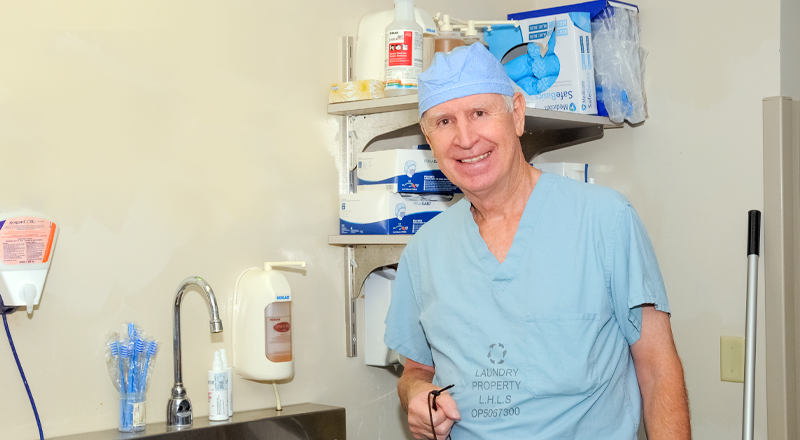
Dr. William Wall, a pioneer in organ and tissue transplantation, is working to improve education on the topic.
The school decided to expand the topic to the rest of the school through assemblies. Wall was met with a lot of questions and curiosity from the students. As a result, he was asked to put together a course for the grade 11 health and physical education classes. In 2001, he received a grant from the Kidney Foundation to develop the course for London high schools.
“Eventually, students not taking health or phys. ed. wanted to learn about it too,” says Dr. Wall. “In 2009 our transplant program at the university hospital partnered with Trillium Gift of Life (Ontario’s agency charged with organ and tissue donation) and expanded the course so that it could be taught in science, physics, social studies, arts, English, social science and humanities and world religious studies. The topic was tailored to each of the courses and the teachers collaborated to make it student friendly. It was a lot of work.”
Go forward 10 years and today members of Canada’s organ and tissue donation community recognize a continued need and opportunity to fill the learning gap.
“It’s not an easy task. One size does not fit all. Each province needs to help develop courses using a template that suits their regions,” says Dr. Wall.
The materials Dr. Wall helped develop for Ontario high schoolers more than 10 years ago are still available online. He and organ donation advocates such as Bernie Boulet hope that new resources can also spark important conversations both at school and at home.
Bernie’s son, Logan Boulet, was a defenceman with the Humboldt Broncos, a junior hockey team which was travelling to a game when their bus was struck by a transport truck in April 2018.
Because Logan had registered to become an organ donor and made his wishes known in the weeks before his death, he was able to donate his heart, lungs, liver, both kidneys and both corneas. News of that generous final act produced what became known as the “Logan Boulet Effect,” as more than 100,000 people across Canada registered to become organ donors in the weeks that followed. The following April 7th was the first annual Green Shirt Day, a day to recognize Logan and continue to promote awareness of organ and tissue donation.
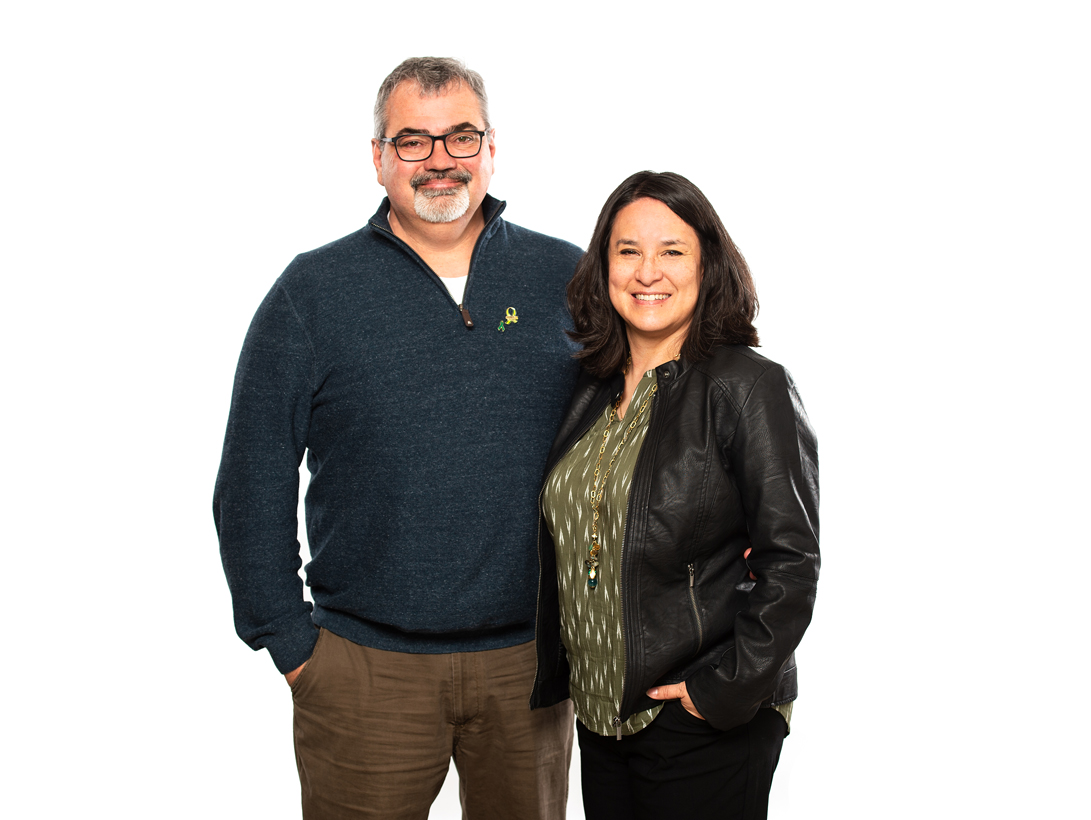
Bernie Boulet (right), with husband Toby Boulet, know first-hand the importance of discussing organ donation with children at home and in the classroom.
That’s when Bernie discovered a challenge. As a grade two teacher in Lethbridge, Alta., she wanted to share her son’s story with her class on Green Shirt Day to encourage family discussions about registering as an organ and tissue donor. But when she went looking for elementary-level educational materials about organ donation, she couldn’t find any.
“I have a voice, but I didn’t have the resources,” she said.
Families rarely discuss organ donation with children
Bernie didn’t know it, but a couple of hours’ drive away in Calgary, a doctor at Alberta Children’s Hospital was grappling with similar concerns.
Dr. Meagan Mahoney specializes in the care of critically ill children. In her role she has met many families facing a decision about whether to donate their child’s organs. In her experience, those who have talked with their children about organ donation are much more emotionally prepared for the decision. Unfortunately, she says it’s rare for families to have those conversations.
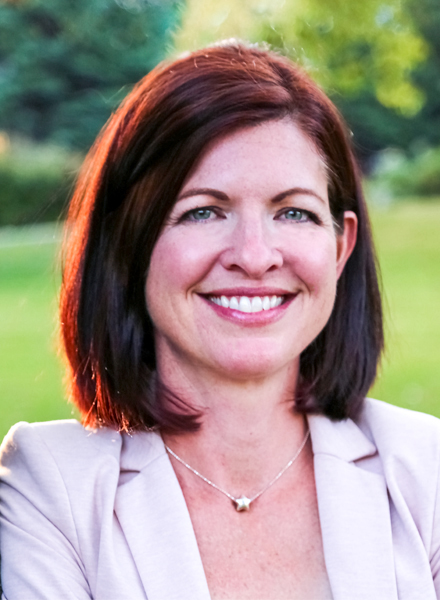
Dr. Meagan Mahoney is finding creative ways to teach children about organ and tissue donation, in an age-appropriate manner.
“We want to educate young people about the truth of organ and tissue donation. There are many myths we want to dispel,” says Dr. Mahoney. “If families have access to accurate information, they can decide if donation is right for them.”
Bernie and Dr. Mahoney were brought together by Jenny Ryan, a manager in the organ and tissue donation and transplantation program at Canadian Blood Services. The program was set up to work with the donation and transplantation community on public education and awareness initiatives. Jenny saw the opportunity to connect the two.
“The first step was opening the door to conversation,” says Jenny. “Dr. Mahoney was working on a pilot program for her school-aged kids and she needed a champion in Alberta, a teacher’s voice. Bernie was a teacher who lived through the experience. It was a perfect fit.”
‘We want to be the bridge’
Dr. Mahoney is part a national initiative with Canadian Blood Services which focuses on pediatric organ donation. She and Bernie are working together on creating family-friendly educational resources to help Canadian parent and children understand and discuss this sensitive topic. Dr. Wall continues his work with the Canadian Society of Transplantation (CST) and its education committee to demonstrate the value and need for comprehensive national education about OTDT. He seeks to combine forces with like-minded representatives from organ donation organizations across Canada to bring this vision to reality.
Efforts such as these are helping staff at Canadian Blood Services develop an online platform to share resources about organ and tissue donation with educators.
“Our role is to help coordinate the national conversation and also help support provinces that have fewer resources and opportunities to develop their own materials,” says Jenny. “We want to be the bridge and make resources available for teachers and students, no matter where they are in Canada.”
Whether it’s at an elementary or high school level of education, Dr. Wall, Bernie and Dr. Mahoney have the same goals: providing OTDT educational resources used by educators that ultimately spark conversations about donation at home.
“We want to teach kids about citizenship and altruism. Organ donation is not just about death, it’s part of a medical treatment,” says Bernie. “Treat it the same way as the topic of blood donation; the idea of giving and helping other people.”
“The worst possible time to make a decision about organ donation is in the ICU,” says Dr. Wall, who received the Order of Canada in 2008 for excellence in research and patient care, as well as for driving public awareness and support for organ donation. “We need to take the decision away from that environment and bring it to the classroom and give kids the opportunity to openly learn about and discuss saving lives through organ donation.”
“Educating young people is the way to change the world — just like what we are seeing with climate change, diversity, equality and social justice — important movements start with younger generations.”
Learn more about organ and tissue donation at blood.ca.
